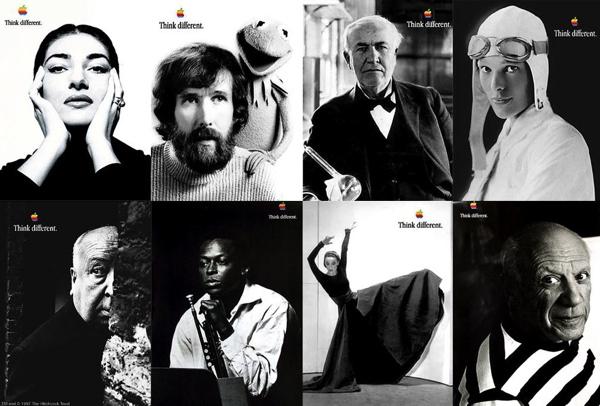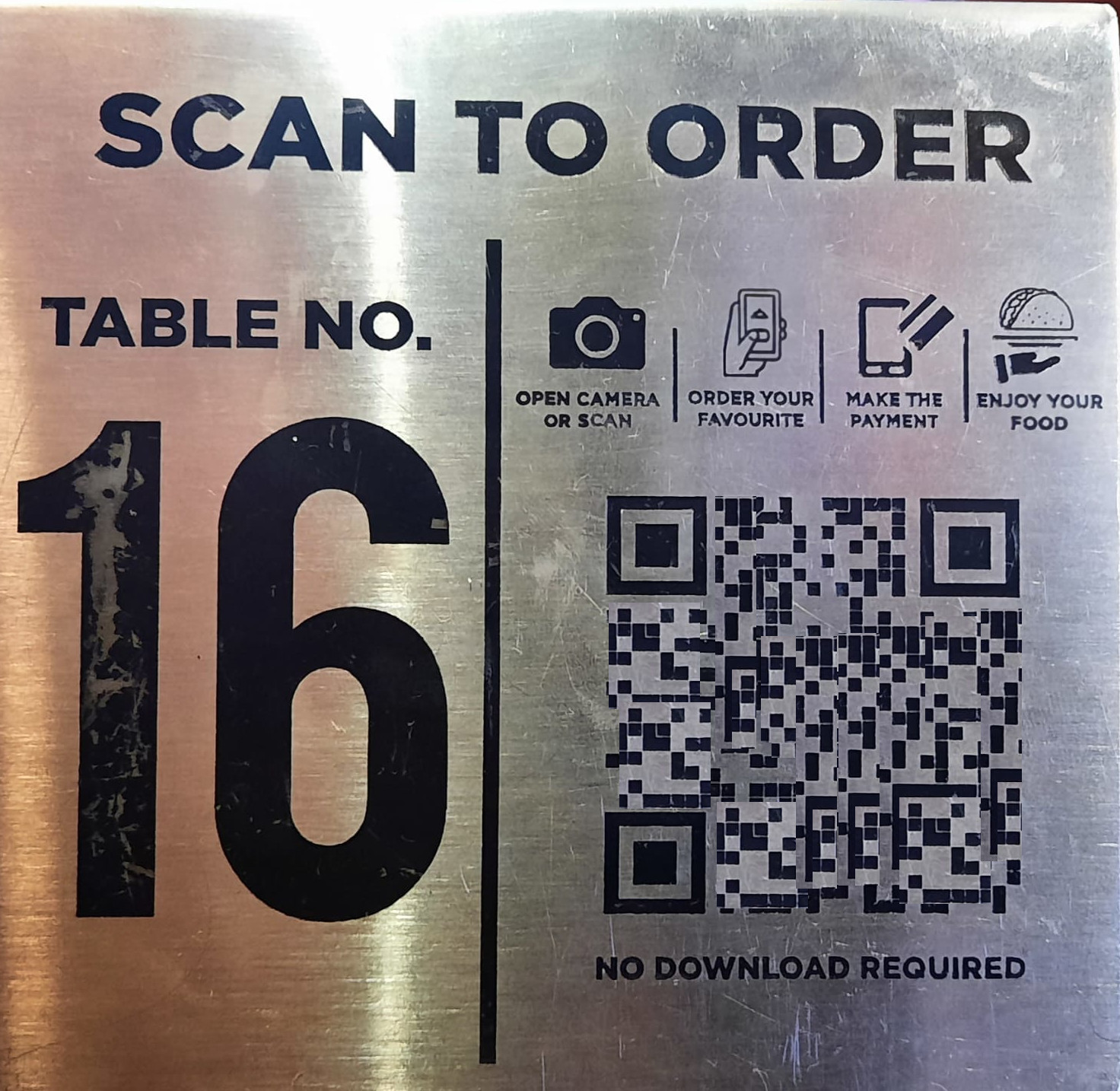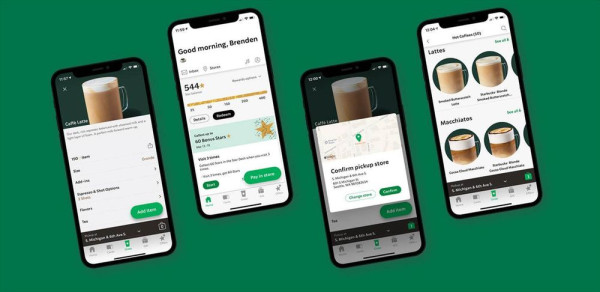7 Marketing Strategies SMBs Can Borrow from Fortune 500 Companies
Introduction
Fortune 500 companies are the pinnacles of business success and innovation, particularly when it comes to marketing. Although the scale might be different, smaller businesses can extract valuable lessons from these corporate giants. This article explores key marketing strategies employed by Fortune 500 companies, underpinned by real-life examples/case studies.
1. Content Marketing: Storytelling at Its Best
In a world where consumers are bombarded by advertisements every minute, standing out is important. Fortune 500 companies like Apple have mastered the art of storytelling to create an emotional bond with their audience.
Apple's "Think Different" Campaign

Apple's iconic "Think Different" campaign helped the brand by associating it with the likes of Einstein and Martin Luther King Jr., suggesting that Apple products were made for 'the crazy ones' who change the world (Forbes). 1
The campaign showed the power of storytelling and branding. Apple didn't just sell a product; they sold a vision and a lifestyle.
Lessons for SMBs
SMBs can invest in creating a compelling brand narrative. For example, a local coffee shop could create a campaign around "Sustainability and Community," sharing stories of their ethical sourcing practices and community engagement. This can be done through social media, blog posts, and customer testimonials.
2. Customer Experience and Personalization: The Amazon Story
The modern consumer values personalized experiences. Amazon leads the way in using data analytics to provide tailored shopping experiences for its users.
Amazon's Recommendation Engine
Amazon’s personalized recommendations drive substantial revenue. They attribute 35% of their total sales to their recommendation algorithms (McKinsey).2
Amazon collects data on browsing and purchasing habits to deliver personalized experiences.
Lessons for SMBs
SMBs can use affordable, simple personalization systems and analytics tools to provide a contextual experience to the customers. For example, an online boutique could use customer data to recommend similar products in follow-up emails or directly on the website.
Read more: 6 Practical Website Personalization Examples: How SMEs Can Leverage Personalization for Better Engagement.
3. Social Media Engagement: The Nike Example
Social media platforms offer the dual advantage of wide reach and direct engagement. Nike, for instance, has mastered the art of engaging its audience through carefully planned social media campaigns.
Nike’s #Breaking2 Event

Nike's #Breaking2 was a highly publicized event that was live-streamed and even included a Twitter hashtag that trended globally (Nike).3
Nike leveraged social media to create buzz and engage directly with their community.
Lessons for SMBs
Small businesses can harness social media for community engagement through special events, even if on a smaller scale. A local gym could host a "30-day Fitness Challenge" and encourage members to share progress on social media, using a unique hashtag. Integrating with systems that allow hosting virtual events or webinars help SMBs to communicate better to their customers and using social media efficiently can create a buzz around your brand.
4. Use of Big Data and Analytics: The Wallmart Approach
Data is the fuel that powers decision-making in today’s digital age. Walmart, for example, uses big data to optimize everything from inventory to personalized marketing.
Walmart's Data Usage
Walmart uses big data to drive many aspects of its business, from inventory to customer experience. A report that dated six years back says Walmart processes over 40 petabytes of data every day to optimize operations and marketing; think of the data that they have possessed now. 4
Lessons for SMBs

Even if a small business can’t afford big data analytics, tools like Google Analytics can offer insights into customer behavior, preferred content, and more. A small bookstore, for example, could analyze which genres or titles are most often browsed online to make stocking decisions. Tracking simple events like how the visitors use the onsite search can make a difference in understanding what people are looking for from your website.
5. Experiential Marketing: The Disney Magic
The consumer isn’t just buying a product or a service; they’re buying an experience. Disney has been at the forefront of experiential marketing for decades.
Disney's MagicBands
Disney used technology to make the customer experience as seamless as possible. Disney's MagicBands serve as room keys, park tickets, and even payment methods, offering a seamless experience (Harvard Business Review).5
Lessons for SMBs

Small businesses can focus on improving customer experience by simplifying processes. A local restaurant could create an app that lets customers order ahead, book a table, or join a loyalty program. Simple things like fast customer service through AI-driven chatbots or an easy-to-navigate website can significantly improve customer experience.
6. Omnichannel Strategy: The Starbucks App
Today’s consumers interact with brands across multiple channels. Starbucks creates a seamless experience whether you're ordering in person or via their app.
Starbucks Rewards Program

Starbucks maintains customer loyalty and enhances the customer experience across multiple touchpoints through its rewards program. The Starbucks app, combined with its rewards program, has over 26.4 million active users 6
Lessons for SMBs
A point-based loyalty program can encourage repeat business. A small bakery could offer a discount coupon that can be used next month for every purchase that crosses a specific amount, trackable through a simple app or the bill itself. Strive for a consistent branding message and customer experience across all channels, online and offline.
7. Community Building: Salesforce's Trailblazer Community
In the highly competitive software industry, Salesforce has managed to create a strong sense of community through its Trailblazer Community platform.
Salesforce's Trailblazer Community
The Trailblazer Community is an online platform where Salesforce users can share knowledge, learn new skills, and connect directly with Salesforce employees. This engaged community has become a vital part of Salesforce's customer relationship strategy 7 .
Lessons for SMBs

SMBs can foster community by creating specialized online forums or platforms where customers can share tips, provide feedback, and interact with the team. For example, a small gardening supply store could set up an online "Gardening Tips and Tricks" community. Customers who provide particularly helpful advice could be rewarded with discount codes or exclusive previews of new products. Now social media pave the way to do this easily for the business.
Conclusion
Fortune 500 companies may operate on a scale that's hard for small businesses to imagine, but their innovative marketing strategies offer scalable, practical lessons for companies of any size. From Apple's emotive storytelling to Amazon's data-driven personalization, from Nike's social media savvy to Salesforce's focus on community building, these giants of industry set examples that can be adapted and applied to smaller operations.
By understanding the underlying principles that make these strategies effective, such as the importance of personalized customer experience or the power of community engagement, small to medium-sized businesses can tailor these approaches to fit their unique needs and resources. The key takeaway is that you don't need a Fortune 500 budget to implement Fortune 500 strategies. With a bit of ingenuity, any business can employ these techniques to connect more effectively with their customers, build stronger brand loyalty, and ultimately, drive sales and growth.



